People of Van Du town (Thach Thanh) take care of Booth7 avocado tree (transferred by Thanh Hoa Agricultural Institute).
Science and technology is no longer a field far removed from reality but increasingly plays a key role in every stage of the agricultural value chain; from seed selection, cultivation, harvesting to processing and consumption. To effectively implement, our province has focused on the mechanism of ordering science and technology tasks according to the actual needs of the agricultural sector; expanding the cooperation network between research and training institutions, businesses and localities. At the same time, attention is paid to developing seed centers, high-tech application models, supporting the replication of agricultural initiatives suitable to the climate and soil conditions of each region.
At Hong Duc University, many research topics have been and are affirming their high applicability, typically: "Application of science and technology to build a model for raising black carp (Mylopharyngodon piceus), goby (Spinibarbus denticulatus), and V1 carp (Cyprinus carpio) in cages according to the value chain at the irrigation reservoir in Thanh Hoa province". This model not only effectively utilizes the water surface of the reservoir that has been left empty for a long time, but also builds a closed farming process, from breeds, farming techniques, harvesting to consumption. Thanks to the synchronous application of science and technology in care, disease control and water quality monitoring, the survival rate of fish has increased, and the average yield is much higher than that of traditional farming...
In addition, the project “Research on solutions to improve the efficiency of using sugarcane by-products in the North Central region” has taken an approach towards making full use of agricultural by-products. Instead of burning sugarcane bagasse or letting it rot naturally, the research team proposed processes for treating and mixing sugarcane bagasse as raw materials for animal feed, producing bio-organic fertilizers and improving soil. Initial results show that production costs are reduced by 10-15%, soil quality is significantly improved after each crop, contributing to reducing environmental pollution and increasing economic efficiency for people in the sugarcane growing area. This model is expected to expand to key districts such as Thach Thanh, Ngoc Lac, Lang Chanh - where there are large sugarcane growing areas and abundant sources of by-products.
Not standing outside that trend, Thanh Hoa Agricultural College, although newly merged and operating as a specialized vocational training institution since 2021, has initially implemented 83 grassroots research topics, focusing on training models associated with local practice. The school's team of lecturers and scientific staff is gradually being strengthened in both quantity and professional qualifications. At Thanh Hoa Agricultural Institute, since 2018, 28 technical processes have been implemented, 20 provincial-level science and technology tasks and 24 grassroots tasks have been deployed. The topics mainly focus on selecting and creating new plant and animal varieties, preserving agricultural products after harvest, improving production efficiency for people...
The above results are evidence of the close cooperation between scientists and local authorities. Each topic and model implemented closely follows production needs suitable to soil and climate conditions and the farming level of the people, contributing to increasing product value, reducing post-harvest losses and value chain efficiency.
In particular, many topics do not stop at research but have promoted inheritance and expansion when put into practice. S&T products are transferred to cooperatives, enterprises, and farming households for widespread implementation, helping people gradually become familiar with new techniques and technologies. At the same time, the team of scientific staff has the opportunity to "eat together, live together, work together", thereby adjusting the technology to suit local realities.
The close connection between scientists - businesses - people is the "key" for science and technology to enter life. The achievements in recent times are clear evidence of the effectiveness of this direction, and at the same time create the premise for science and technology to continue to make breakthroughs in the coming period. However, besides the achieved results, the application of science and technology in agriculture, forestry and fishery still has "bottlenecks". Specifically, the number of widely applied science and technology products is still small; some research processes are not close to reality or lack capital for implementation. The level of technology is not uniform among regions; stages such as mechanization, deep processing, post-harvest preservation are still backward and heavily dependent on imported equipment. In particular, the "4-house" linkage model has not been as effective as expected.
In order for science and technology to truly become a driving force for sustainable development of agriculture, forestry and fishery, in the coming time, relevant departments, agencies and sectors as well as localities and enterprises need to have more synchronous and practical solutions. First of all, it is necessary to increase budget allocation for science and technology tasks associated with practice, while supporting implementation after acceptance and encouraging enterprises to participate in research and technology transfer. At the same time, improving the capacity of local science and technology staff through specialized training and attracting young intellectuals also needs to be focused on. In addition, it is necessary to promote links between universities and research institutes with localities and enterprises to deploy high-tech production models suitable for each ecological region. In particular, building a system to monitor and evaluate research results seriously and transparently will help avoid dispersion, formality and distance from practical needs.
With the determination to restructure the agricultural sector in conjunction with growth model innovation, Thanh Hoa has identified the application of science and technology as a breakthrough in the 2025-2030 period. Initial positive signals show that this direction is completely appropriate, but to achieve higher efficiency, it is necessary to continue to arouse the potential of the intellectual team, mobilize the cooperation of businesses and people. Only when science and technology becomes the central driving force, can Thanh Hoa agriculture truly develop in a modern, green - clean - sustainable direction.
Article and photos: Tran Hang
Source: https://baothanhhoa.vn/tang-gia-tri-nong-san-nang-tam-san-xuat-nho-ung-dung-khoa-hoc-cong-nghe-246240.htm


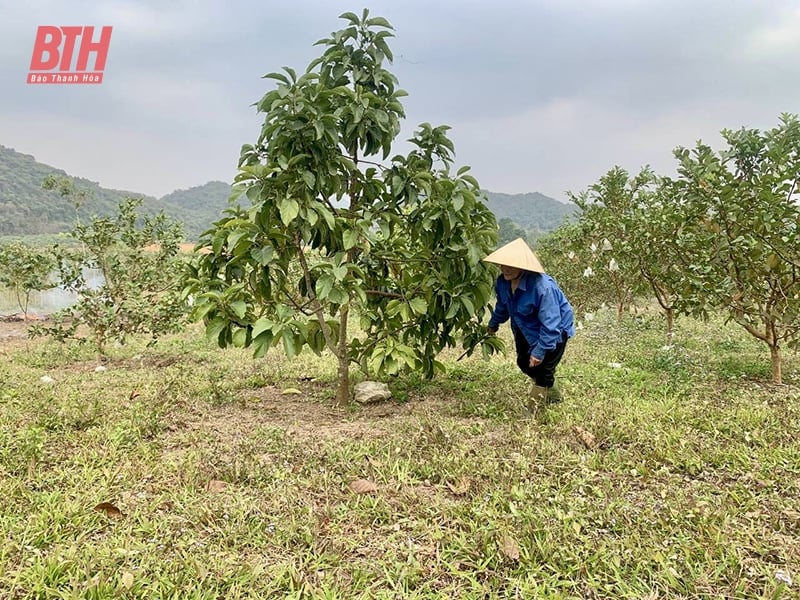

![[Photo] Prime Minister Pham Minh Chinh chairs a special Government meeting on the arrangement of administrative units at all levels.](https://vphoto.vietnam.vn/thumb/1200x675/vietnam/resource/IMAGE/2025/5/9/6a22e6a997424870abfb39817bb9bb6c)
![[Photo] General Secretary To Lam and international leaders attend the parade celebrating the 80th anniversary of the victory over fascism in Russia](https://vphoto.vietnam.vn/thumb/1200x675/vietnam/resource/IMAGE/2025/5/9/4ec77ed7629a45c79d6e8aa952f20dd3)
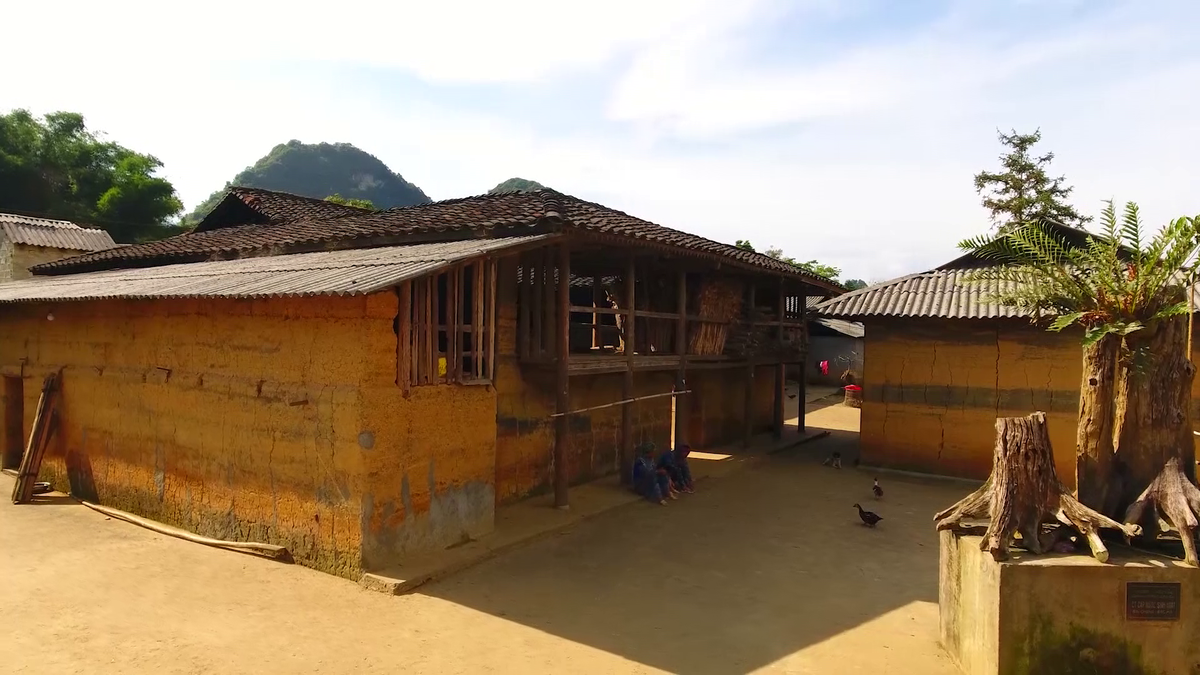
![[Photo] Magical moment of double five-colored clouds on Ba Den mountain on the day of the Buddha's relic procession](https://vphoto.vietnam.vn/thumb/1200x675/vietnam/resource/IMAGE/2025/5/9/7a710556965c413397f9e38ac9708d2f)
![[Photo] Russian military power on display at parade celebrating 80 years of victory over fascism](https://vphoto.vietnam.vn/thumb/1200x675/vietnam/resource/IMAGE/2025/5/9/ce054c3a71b74b1da3be310973aebcfd)


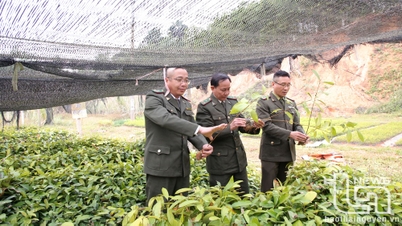
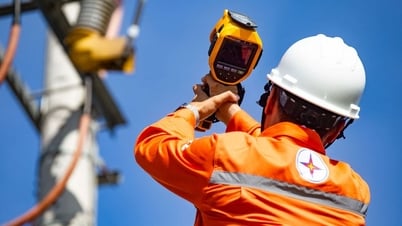
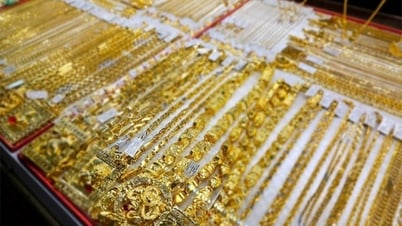
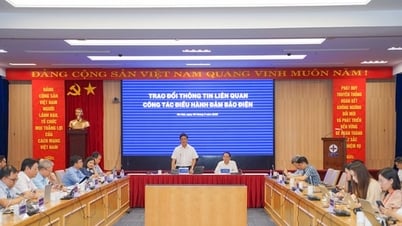




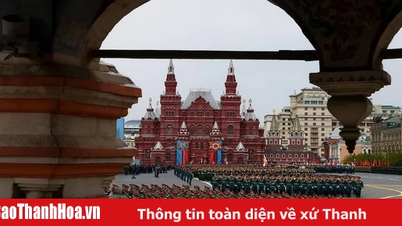
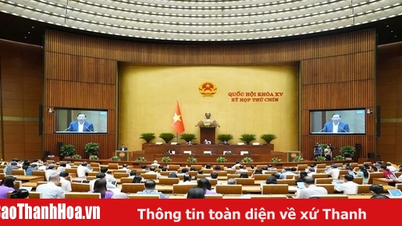
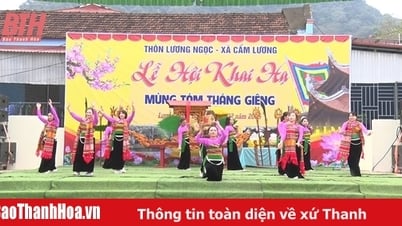
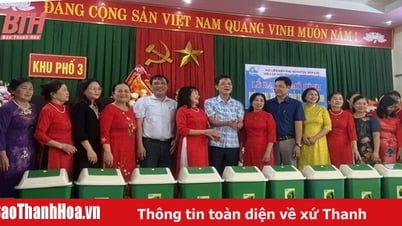
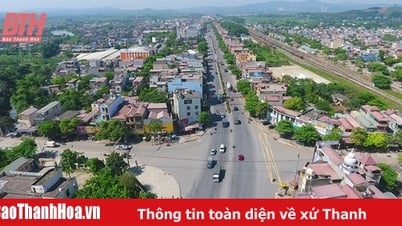
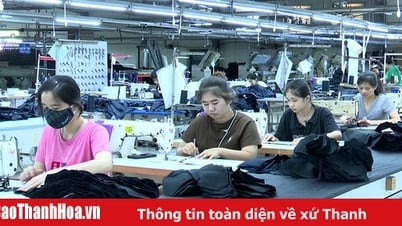
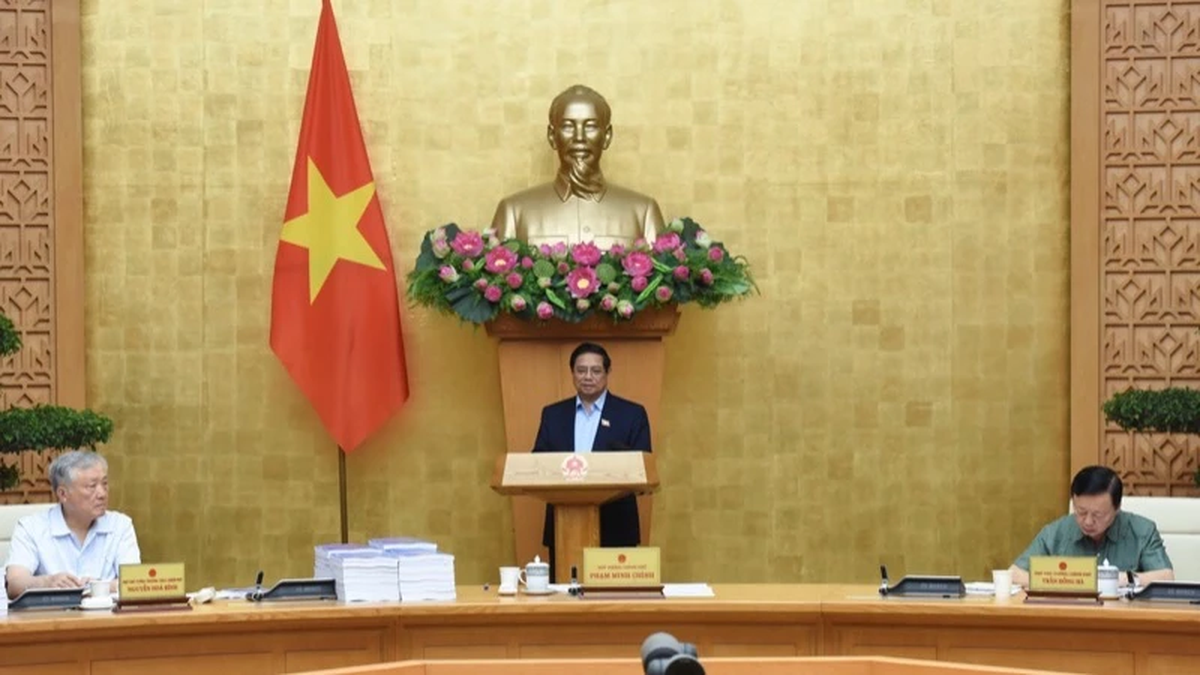
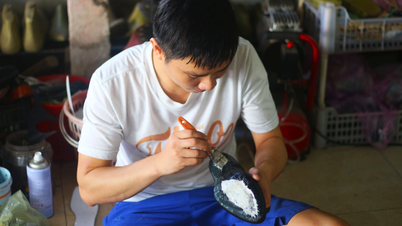








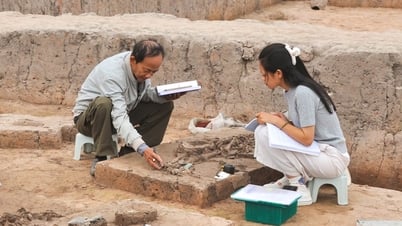

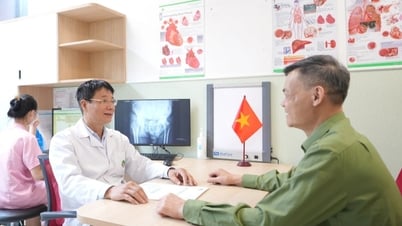

















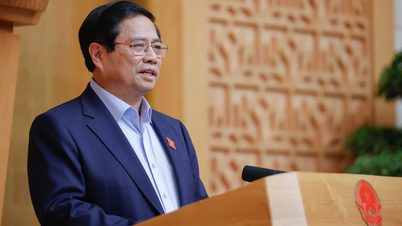
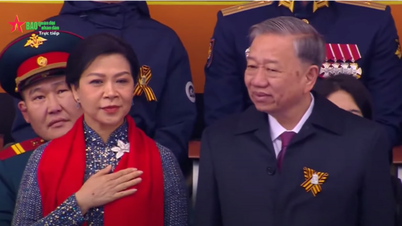




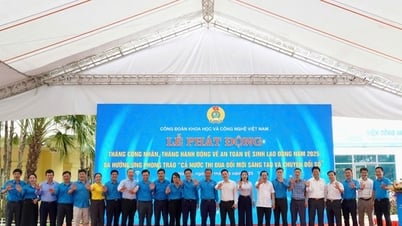

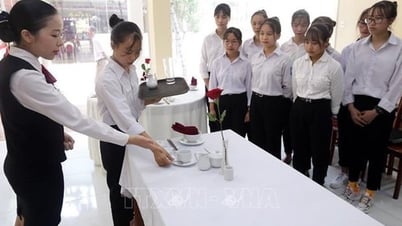

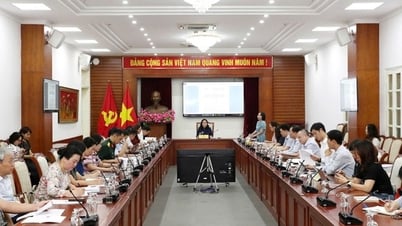

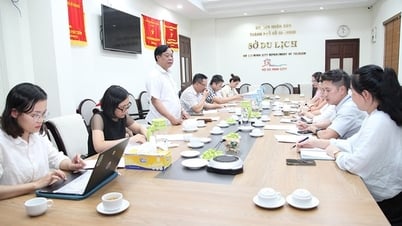
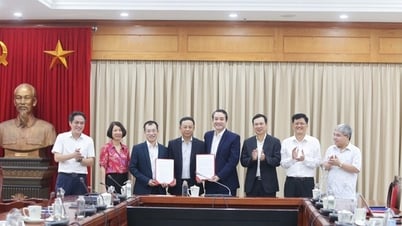
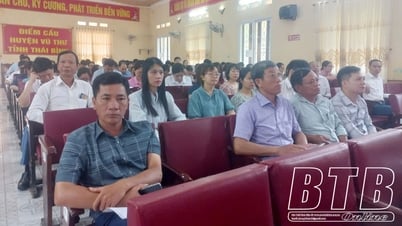



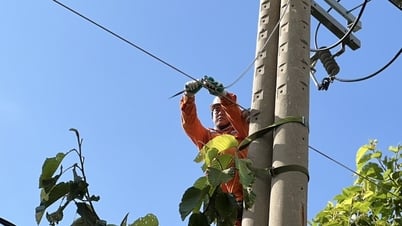

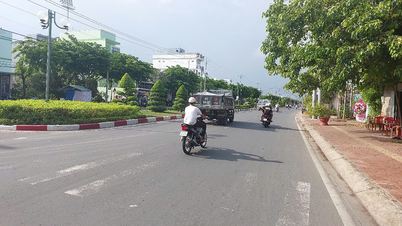

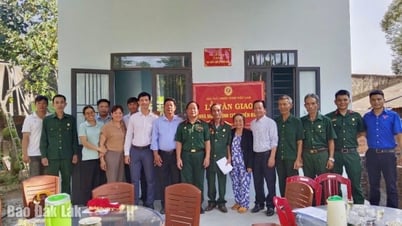
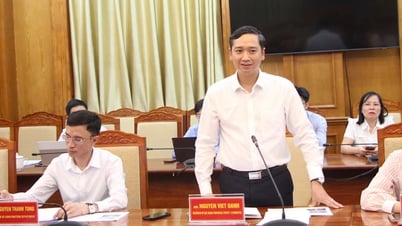











Comment (0)